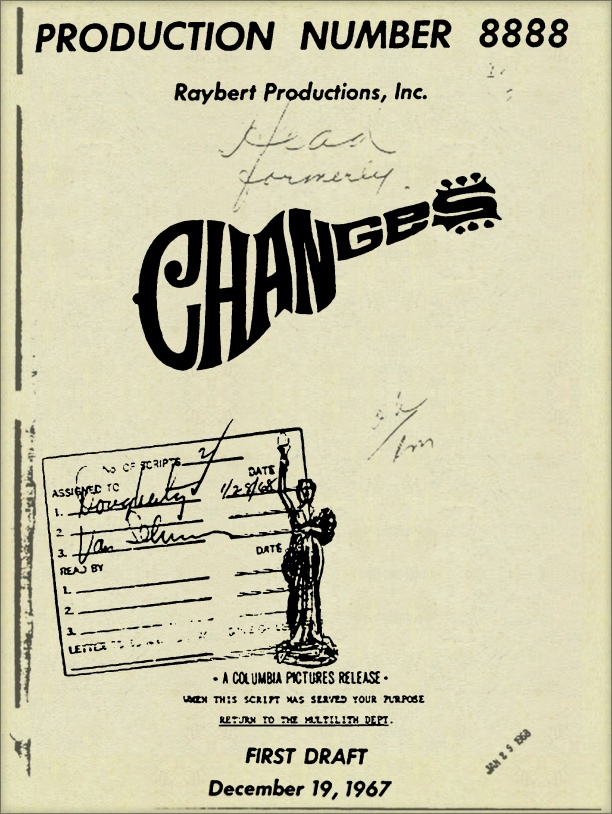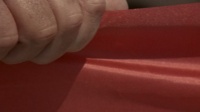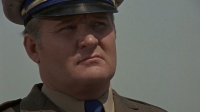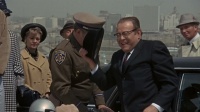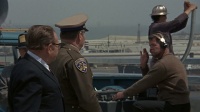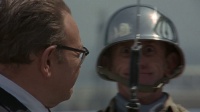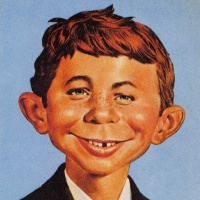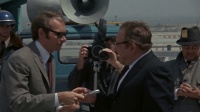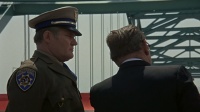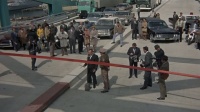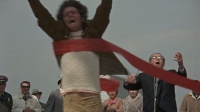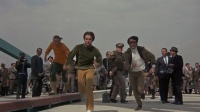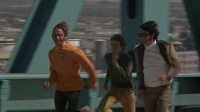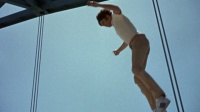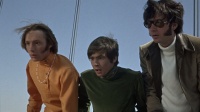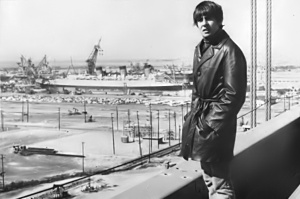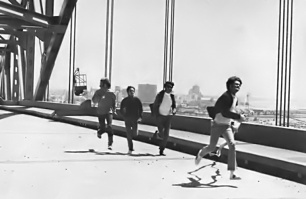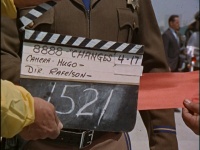|
EDIT NEWS: The Monkees - Head - 'Changes' - Page 2
| |||||||||||||||||||||||||||||||||||||||||||||||||||||||||||||||||||||||||||||||||||||||||||||||||||||||||||||||||||||||||||||||||||||||||||||||||||||||||||||||||||||||||||||||||||||||||||||||||||||||||||||||||||||||||||||||||||||||||||||||||||||||||||||||||||||||||||||||||||||||||||||||||||||||||||||||||||||||||||||||||||||||||||||||||||||||||||||||||||||||||||||||||||||||||||||||||||||||||||||||||||||||||||||||||||||||||||||||||||||||||||||||||||||||||||||||||||||||||||||||||||||||||||||||||||||||||||||||||||||||||||||||||||||||||||||||||||||||||||||||||||||||||||||||||||||||||||||||||||||||||||||||||||||||||||||||||||||||||||||||||||||||||||||||||||||||||||||||||||||||||||||||||||||||||||||||||||||||||||||||||||||||||||||||||||||||||||
| Updated March 2013 | |||||||||||||||||||||||||||||||||||||||||||||||||||||||||||||||||||||||||||||||||||||||||||||||||||||||||||||||||||||||||||||||||||||||||||||||||||||||||||||||||||||||||||||||||||||||||||||||||||||||||||||||||||||||||||||||||||||||||||||||||||||||||||||||||||||||||||||||||||||||||||||||||||||||||||||||||||||||||||||||||||||||||||||||||||||||||||||||||||||||||||||||||||||||||||||||||||||||||||||||||||||||||||||||||||||||||||||||||||||||||||||||||||||||||||||||||||||||||||||||||||||||||||||||||||||||||||||||||||||||||||||||||||||||||||||||||||||||||||||||||||||||||||||||||||||||||||||||||||||||||||||||||||||||||||||||||||||||||||||||||||||||||||||||||||||||||||||||||||||||||||||||||||||||||||||||||||||||||||||||||||||||||||||||||||||||||||
| |||||||||||||||||||||||||||||||||||||||||||||||||||||||||||||||||||||||||||||||||||||||||||||||||||||||||||||||||||||||||||||||||||||||||||||||||||||||||||||||||||||||||||||||||||||||||||||||||||||||||||||||||||||||||||||||||||||||||||||||||||||||||||||||||||||||||||||||||||||||||||||||||||||||||||||||||||||||||||||||||||||||||||||||||||||||||||||||||||||||||||||||||||||||||||||||||||||||||||||||||||||||||||||||||||||||||||||||||||||||||||||||||||||||||||||||||||||||||||||||||||||||||||||||||||||||||||||||||||||||||||||||||||||||||||||||||||||||||||||||||||||||||||||||||||||||||||||||||||||||||||||||||||||||||||||||||||||||||||||||||||||||||||||||||||||||||||||||||||||||||||||||||||||||||||||||||||||||||||||||||||||||||||||||||||||||||||
It isn't clear who this copy of the script has been 'assigned to' due to the rather scrawly handwriting. There doesn't appear to be a 'Doughaty Van Selmrrrrrrrrrrrr' listed amidst the main cast and crew... 'No. of scripts - 2/' is a bit of a puzzler also. What is clear however is the date of issue: the 28th of January 1968. Most of the page revisions throughout this copy of 'Changes' occurred on this date - although, as mentioned, there are a couple from February too, suggesting that its original owner was considered important enough to receive replacement pages as the production developed. The production number assigned to the project probably shouldn't be taken too seriously chronologically - at least in the sense of it following a 'Production Number #7999'. The production numbers throughout both seasons of The Monkees TV series boast similar four-digit numbers, all in the 4000s. The dropping of 'Changes' as the title of the movie (ostensibly after learning that another movie with that title was currently in production) had been reported in the press even before filming properly began. The official replacement title given in subsequent press reports was 'Untitled' (on one occasion, in Monkees Monthly this was stretched to 'Movee Untitled'), but, as the rushes footage of a clapperboard included in the 'NY Action' trailer shows (see below), the project was still being namechecked as 'Changes' within the production as late as April 1968. Interviewed by Mojo magazine for a retrospective piece which appeared in the June 2002 issue, Bob Rafelson claimed that another working title was also in the running before they finally settled on Head:
A song called 'Changes', written by Davy Jones (in collaboration with Steve Pitts) and recorded on February 6 and 8 1968, was clearly intended as a contender for the film's theme song. The title-change put paid to that little notion. The song in question is rather jaunty and jolly and certainly has the air of a typical 60s pop-orientated movie cash-in theme song. At a pinch it could have played nicely under the end-credits, although the idea of the producers choosing to begin their film with it seems, in retrospect, a tad unlikely, whatever the title. Ironically, although the final Colgems Monkees LP in 1970 was also given the title 'Changes', the Jones/Pitts song didn't actually feature on it. Indeed, it remained unreleased until Rhino began trawling the vaults for out-takes decades later. It was finally released on Missing Links Volume 2 in 1990. Incidentally we do intend to 'return this script to the Multilith Dept' when it's 'served its purpose'. Might be a while yet though...
Although all of the group have, at one stage or another over the years, reiterated that a lot of their ideas and suggestions from the Ojai sessions were incorporated into the final script by Nicholson and Rafelson, a full breakdown of exactly what their contributions were has never been attempted (and, after forty years, it's doubtful that anyone would remember too many specifics anyway). The few occasions where scenarios or ideas have been attributed in some form will be noted as we go along. Perhaps the biggest surprise upon reading through this initial shooting script, is how 'finalised' the whole thing was by shooting-stage; how one of the most disjointed and seemingly 'random' movies ever committed to celluloid was actually meticulously arranged as such quite far in advance. Although there are great fat chunks of material which bit the dust - mainly the result of a vigorous post-production tightening-up process designed to render the end-product a more viewable and releasable length - in terms of the overall 'plot' pretty much everything was in place before production commenced. Every scenario and set-up occurs in the same order familiar to fans of the movie. The brainstorming at Ojai may (as Davy Jones has claimed) have been fuelled by copious amounts of marijuana, and Nicholson may indeed (as Rafelson has claimed) have constructed and arranged the resultant material while on an acid trip, but the final script is as sober as the proverbial judge. Oh, er... Warning. Contains spoilers. Arf arf...
Note the curious 'THE MONKEES' title underlined before the main action begins. In terms of the physical script this is the first mention of who exactly stars in the film, although it's not necessarily the job of a script to point this out anyway. A few theories. This could, in previous drafts, have read 'CHANGES' (for the sake of avoiding confusion within the production they couldn't change the coversheet and headings of every revised page to whatever the movie was deemed to be called that week, but easy enough in the one instance where the title was written within that script). Another theory is that it originally read 'THE END' - since the final page of the script ends with a similarly underlined phrase: to wit 'THE BEGINNING'. Makes sense to us. Although 'Changes' specifically depicts the action as taking place at the Golden Gate Bridge, San Francisco, the actual shoot took place at the Gerald Desmond Bridge at Long Beach Harbor, California. The latter actually opened in 1968, which makes the mayor's speech somewhat apt. The exact date of its public opening isn't known to us, although it's plausible that the actual shoot took place before this date - as a basic convenience measure (it would certainly have been more cost-effective than arranging for four lanes of interstate traffic to be re-routed for an entire day of filming). The Golden Gate Bridge meanwhile opened in 1937. As such, if this scene was intended to depict its 'formal opening' then that would make it a period piece! For those who enjoy searching out film locations on Google Street View, the first shot in Head took place right here.
The 'TROOPER' depicted above does appear in Head but as a Police Captain (of the 'California Highway Patrol' according to his badge). The Captain also appears as a character in the script but only during the Mayor's speech. By the time of the shoot the producers evidently decided to bastardise the Trooper and the Captain into one character. Oddly, despite being a speaking role - not to mention the first person we actually see in the film - the character doesn't actually get namechecked in the end-credits. IMDb lists a John Dennis as playing an uncredited 'Policeman', but he could just as easily be one of the many cops who attempt to arrest Micky during the boxing ring sequence later. Simply referred to as 'MAYOR' in the 'Changes' script, the character's full name is given as 'Mayor Feedback' in the end-credits of Head, for reasons which will become clear in a moment. He's played by Charles Irving. Shot 1, presumably intended as some kind of establishing 'long shot' of the event, doesn't actually feature in Head. Instead, we begin with Shot 2, opening with an extreme close-up of the ribbon (and the sound of a feedbacking microphone being tapped), then pan upwards to reveal the Trooper/Captain. This hand-held shot then continues, unbroken, following the Trooper/Captain as he meets the Mayor from the car, etc, covering the entire two minutes and twenty seconds of the remainder of the opening scene - the various people described in Shot 1 slowly revealed throughout - until the Mayor successfully begins his speech (at which point we finally cut to a long shot of the whole event). In other words, Shots 2, 2A and 2B are presented as one continuous shot. Whether or not other angles were filmed on the day in accordance with the script isn't known. Either way, covering the sequence in a one-shot documentary-style acts as an effective juxtaposition to the dramatic urgency of the action which eventually interrupts the scene. The 'NY Action' trailer features a few alternate shots of the Trooper/Captain near the ribbon, taken from much the same angle, suggesting that this entire opening scene was acted out a couple of times at least. Several large trucks are dotted about in the background, presumably intended to represent the vehicles of the TV media gathered to cover the bridge opening, although it's more likely that these are actually the 'Changes' production unit vans! The general demeanor of the Mayor in the film suggests that he's not having a particularly good day. The 'Changes' script, with its allusions to stomach rumbles, gives at least one reason why this might be the case. The 'Any news?' / 'No.' dialogue, dropped by the time of the shoot, might be worth pondering over - is it intended as a general exchange of chatter or does it specifically refer to the events which will shortly interrupt the ceremony...?
A curious reference there to 'Alfred E. Neuman' (correct spelling) being part of the drill team, Neuman being the long-standing mascot of MAD Magazine, a gormless, grinning, ginger-haired gap-toothed boy, usually accompanied by the dismissive strap-line 'What, Me Worry?'. Alfred E. Neuman isn't visually depicted in Head, although some attempt was made to represent an 'odd-man-out' in the otherwise stern-looking black line-up - in the form of a much shorter, blank-faced, grinning white bloke. Perhaps a suitable Neuman lookalike couldn't be found?
Since, by the dubbing stage they'd evidently decided not to include music over the opening scene, the 'sudden shift in music' is simply represented by the comedy clang of 'Alfred's tin helmet being struck, in contrast to the meticulous clicks of the other troopers' rifles as they're raised on display. The sound-montage which plays over the 'NY Action' trailer begins with a short burst of fanfare plus drums which wobbles out of tune. Unlike (most of) the other sounds which form the montage, this doesn't occur in Head and it's entirely possible that it was composed/arranged to accompany the original version of the above scene. This is the first of many 'Revised' pages in the copy of 'Changes' reviewed here. Without copies of earlier drafts we can only speculate as to what was amended but there was evidently enough extra text added to Page 1 to necessitate an 'Added' page - Page 1A, below - not to mention extra shot numbers - 2A, 2B and 2C - before the earlier draft could 'get back on track' as it were.
'Phil' is the character who stayed in the car as the Mayor passed him his hat. Whoever he may be (an aide, a bodyguard, a boyfriend?), he isn't namechecked in the credits either. Incidentally, Rhino's DVD English subtitles erroneously transcribe the Mayor's earlier line - as he hands over his hat - as 'Bill, could you take this, please?' For the scissors scene on the page above, the Mayor's (unscripted) 'Thank you Phil' is transcribed as 'Thank you, Billy'. By way of an update, we should add that the Criterion Blu-ray subtitles also refer to 'Bill' during the scene. The directions seem rather keen to describe the 'correct way to pass someone a pair of scissors'. Indeed, this is acted out meticulously in the film (although, in Head, the scissors-passing scene occurs prior to the Mayor reaching the drill team). Note the testing of the microphone before the Mayor gets to it. In the film this rather becomes the main thrust of the ensuing scene.
We don't see the sound man again and Shot 2C's comic ear-drum bursting scenario doesn't occur in the film. Instead, the mic finally starts working and the Mayor simply continues with his speech - as per Shot 3. Since this is also the point at which the producers choose to finally cut to an alternate angle it's entirely possible that the sound man's problems were actually filmed (it's odd that they'd hire an actor to play a sound-man, include a sequence where he's clearly indicated as such to the audience, and then not return to him for the scripted payoff). It's also possible that the whole scene as it appears in Head was filmed more or less as per the original script but that the alternate 'feedback' scenario was created during post-production. Conveying 'no sound' may have been difficult dramatically since the audience would have still heard the natural sound of the Mayor's voice on the soundtrack, whether or not it was amplified by the PA system. Dubbing a more obvious microphone fault over the scene would seem to have been the perfect solution.
Note that the direction suggests that Davy, Peter and Mike themselves are 'pursuing' Micky rather than - as the final scenes of the movie reveal - all four are being pursued. While we're on Google Street View, it would appear that Micky's leap would have occured round about here.
Some speculation over what might have been added to these 'Revised'/'Added' pages then: Theoretically Shots 2A (the Troop Inspection) and 2C (the sound man's ears exploding) could constitute the additional material. A shorter version of Shot 2B (the Mayor being handed the scissors / attempting to begin his speech) could originally have been Shot 3. The current Shots 3 and 4 could simply have been Shots 4 and 5 (the latter later omitted). In other words, the same basic scene but without the added 'Alfred E Neuman' and 'sound problem' gags.
The bridge scenes are covered quite liberally in 'NY Action', with copious alternate shots of the Trooper/Captain, the ribbon ceremony, the Monkees running and, unsurprisingly since they were shot during the same session, alternate shots from the end of the movie where the whole bridge scenario is recapped.
Cinematographer Michel Hugo and Director Bob Rafelson, there, and the date given is April 17 1968. This is the kind of research we were reduced to before we got hold of a copy of Andrew Sandoval's excellent Monkees chronology - which confirmed that this was indeed the date of the bridge filming (although he could have gotten the information the same way we did for all we know).
| |||||||||||||||||||||||||||||||||||||||||||||||||||||||||||||||||||||||||||||||||||||||||||||||||||||||||||||||||||||||||||||||||||||||||||||||||||||||||||||||||||||||||||||||||||||||||||||||||||||||||||||||||||||||||||||||||||||||||||||||||||||||||||||||||||||||||||||||||||||||||||||||||||||||||||||||||||||||||||||||||||||||||||||||||||||||||||||||||||||||||||||||||||||||||||||||||||||||||||||||||||||||||||||||||||||||||||||||||||||||||||||||||||||||||||||||||||||||||||||||||||||||||||||||||||||||||||||||||||||||||||||||||||||||||||||||||||||||||||||||||||||||||||||||||||||||||||||||||||||||||||||||||||||||||||||||||||||||||||||||||||||||||||||||||||||||||||||||||||||||||||||||||||||||||||||||||||||||||||||||||||||||||||||||||||||||||||
|
| |||||||||||||||||||||||||||||||||||||||||||||||||||||||||||||||||||||||||||||||||||||||||||||||||||||||||||||||||||||||||||||||||||||||||||||||||||||||||||||||||||||||||||||||||||||||||||||||||||||||||||||||||||||||||||||||||||||||||||||||||||||||||||||||||||||||||||||||||||||||||||||||||||||||||||||||||||||||||||||||||||||||||||||||||||||||||||||||||||||||||||||||||||||||||||||||||||||||||||||||||||||||||||||||||||||||||||||||||||||||||||||||||||||||||||||||||||||||||||||||||||||||||||||||||||||||||||||||||||||||||||||||||||||||||||||||||||||||||||||||||||||||||||||||||||||||||||||||||||||||||||||||||||||||||||||||||||||||||||||||||||||||||||||||||||||||||||||||||||||||||||||||||||||||||||||||||||||||||||||||||||||||||||||||||||||||||||
